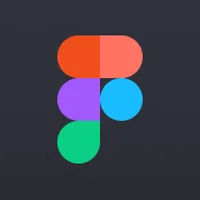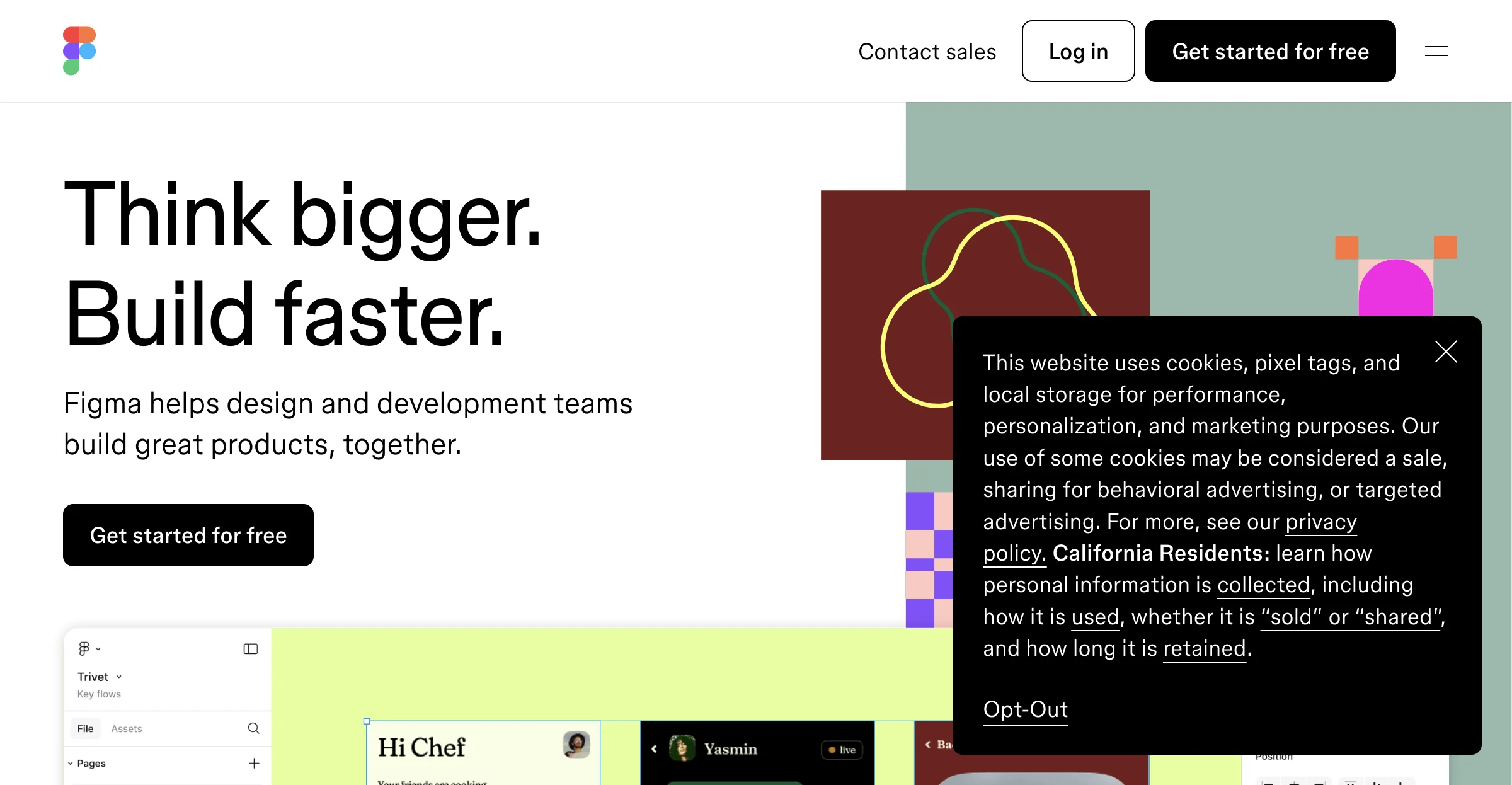Figma is a revolutionary tool that has transformed the way design and development teams work together. It offers a seamless platform for creating, designing, and refining products. With Figma, teams can work in one shared design file, facilitating real-time collaboration. The tool provides a plethora of features to enhance the design process. For instance, it allows for the generation of simple UI with AI, enabling designers to instantly create mockups and explore a wider range of options. Auto Layout helps scale edits instantly, while the ability to make prototypes with AI adds another layer of efficiency. Moreover, Figma ensures that design and code are closely connected. Developers can easily translate designs into code with a workflow specifically built for them. The Focus View feature allows for detailed inspection of a specific design, ensuring that every aspect is accounted for. Figma also offers a range of resources such as beginner tutorials, design system guides, and more to help users get the most out of the tool. Whether it's UI design, UX design, wireframing, or prototyping, Figma has everything a team needs to build great products together.

Figma
Figma empowers design and development teams to create great products collaboratively with a wide range of features.

Top Alternatives to Figma
Appicons AI
Appicons AI is an AI-powered icon generator for users
PicMonkey
PicMonkey is an AI-powered graphic design tool that empowers users to create stunning visuals.
Banani
Banani is an AI-powered UI design tool that creates user-friendly designs from text.
BrandBird
BrandBird is an AI-powered screenshot editor that creates captivating graphics
Chroma AI
Chroma AI is an AI-powered gradient generator based on your mood
Poster Generator
Poster Generator is an AI-powered poster creator that offers custom designs
Affinity Designer
Affinity Designer is a powerful vector graphics software for diverse designs.
Designbold
Designbold is an AI-powered design platform that fulfills your creative needs
AI Poster Generator
AI Poster Generator transforms your ideas into eye-catching posters effortlessly, requiring no design skills.
Choosier
Choosier simplifies decision-making by allowing users to compare images in a tournament-style format to quickly find their favorite.
HueWheel
HueWheel is an AI-powered color palette generator that helps users create designs with the perfect color combinations.
Easy Posters AI
Easy Posters AI is an AI-powered poster generator that helps users create stunning, professional-quality posters effortlessly.
HueHive
HueHive is an AI-powered color palette generator that helps users create and customize vibrant color schemes for various design projects.
Magician for Figma
Magician for Figma is an AI-powered design tool that enhances creativity by generating icons, copywriting, and images from text.
Vectorizer.AI
Vectorizer.AI is an AI-powered tool that converts PNG and JPG images into scalable SVG vectors automatically.
Packify.ai
Packify.ai is an AI-powered platform that generates stunning packaging designs and product photography in seconds.
WebsiteColorsAI
WebsiteColorsAI is an AI-powered tool that captures and analyzes colors from any website, helping designers create diverse color schemes.
Magify Design
Magify Design is an AI-powered product design platform that streamlines the creation of PRDs, designs, and code within your design system.
Flowstep Copilot
Flowstep Copilot is an AI-powered design tool that accelerates the design process from idea to polished artifacts in seconds.
Hypeless.io
Hypeless.io offers custom AI workflows for Midjourney and Flux, enabling professionals to create unique, on-brand visual assets without needing AI expertise.
Artadum
Artadum is an AI-powered mockup generator that helps artists and photographers create realistic wall art mockups for online sales and social media promotion.